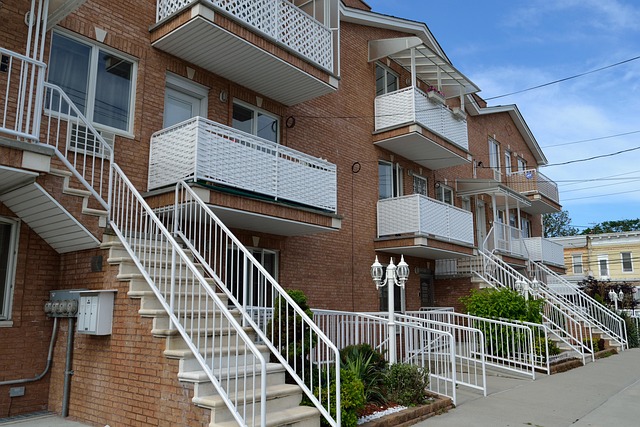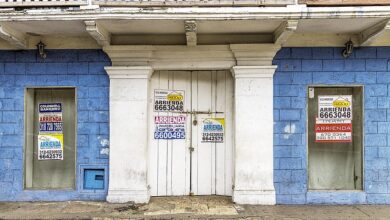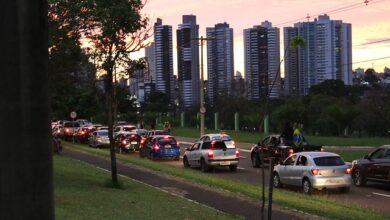How to Protect Your Home from Natural Disasters with Insurance in Luxembourg

Luxembourg, with its picturesque landscapes and diverse climate, is not immune to natural disasters. While the country experiences fewer catastrophic events compared to other regions, risks such as floods, storms, and landslides can still pose significant threats to homes and properties. In recent years, climate change has increased the frequency and intensity of extreme weather events, making it essential for homeowners to protect their investments through comprehensive insurance coverage. This guide explains how you can safeguard your home from natural disasters in Luxembourg using the right insurance policies.
Why Natural Disaster Insurance is Important in Luxembourg
While Luxembourg is relatively safe from earthquakes or hurricanes, certain natural hazards are prevalent:
- Floods : Heavy rainfall and overflowing rivers have caused significant flooding in low-lying areas.
- Storms : Severe windstorms and hail can damage roofs, windows, and other structural components.
- Landslides : Hilly and mountainous regions are susceptible to landslides after prolonged rain.
- Snow and Ice : Winter storms can lead to roof collapses or water damage from melting snow.
Standard home insurance policies in Luxembourg often exclude coverage for natural disasters, so additional protection is necessary to ensure financial security in the event of a disaster.
Types of Natural Disaster Coverage in Luxembourg
To adequately protect your home, consider the following types of insurance:
1. Flood Insurance
- What It Covers : Damage caused by rising water levels, river overflows, or heavy rainfall.
- Why It’s Needed : Floods are one of the most common natural disasters in Luxembourg, particularly in areas near rivers like the Moselle or Alzette.
- How to Get It : Flood insurance is typically offered as an add-on to standard home insurance policies. Some insurers may require a separate policy.
2. Storm and Hail Insurance
- What It Covers : Damage to your home’s exterior (e.g., roof tiles, windows) and interior (e.g., water ingress from broken windows) caused by severe storms or hail.
- Why It’s Needed : Luxembourg experiences occasional storms that can cause costly repairs.
- How to Get It : Most insurers include storm and hail coverage in standard home insurance, but check the terms carefully.
3. Landslide Insurance
- What It Covers : Structural damage caused by ground movement, such as landslides or subsidence.
- Why It’s Needed : Homes built on slopes or in hilly areas are at higher risk.
- How to Get It : This coverage is less common and may require a specialized policy or endorsement.
4. Snow and Ice Coverage
- What It Covers : Damage caused by excessive snow accumulation, ice dams, or freezing temperatures.
- Why It’s Needed : Harsh winters can lead to burst pipes or roof collapses.
- How to Get It : Often included in standard policies, but confirm with your insurer.
Steps to Protect Your Home with Insurance
1. Assess Your Risk
- Location Matters : Identify whether your property is in a flood-prone area, near slopes, or exposed to strong winds. Tools like flood maps from the Luxembourg government can help assess risks.
- Historical Data : Research past natural disasters in your region to understand potential threats.
2. Review Your Current Policy
- Check whether your existing home insurance covers natural disasters. Many standard policies in Luxembourg exclude these risks unless explicitly added.
- Pay attention to exclusions, coverage limits, and deductibles.
3. Add Natural Disaster Endorsements
- Work with your insurer to add endorsements or riders for specific risks (e.g., floods, storms).
- Ensure the coverage amount reflects the replacement cost of your home and belongings.
4. Consider Comprehensive Policies
- Some insurers offer all-in-one policies that bundle natural disaster coverage with standard home insurance. These can simplify management and provide broader protection.
5. Compare Insurers
- Shop around to find insurers specializing in natural disaster coverage. Look for companies with strong reputations for claims processing and customer service.
- Use online comparison tools or consult with an independent insurance broker.
6. Understand Government Support
- The Luxembourg government provides limited assistance for natural disasters through programs like the Fonds pour les Catastrophes Naturelles (Natural Disaster Fund). However, this support is often insufficient to cover full repair costs, making private insurance essential.
Additional Ways to Mitigate Risks
While insurance is crucial, taking proactive steps to protect your home can reduce damage and lower premiums:
- Flood Prevention :
- Install sump pumps and backflow valves.
- Elevate electrical systems and appliances in basements.
- Clear gutters and drains regularly.
- Storm Preparedness :
- Reinforce roofs and secure loose shingles.
- Trim trees and remove dead branches near your home.
- Install storm shutters or reinforced windows.
- Landslide Protection :
- Plant vegetation to stabilize slopes.
- Build retaining walls to prevent soil erosion.
- Winterization :
- Insulate pipes to prevent freezing.
- Remove snow from roofs to avoid collapse.
What to Do After a Natural Disaster
If your home is damaged in a natural disaster, follow these steps to file a claim effectively:
- Ensure Safety : Prioritize your family’s safety and evacuate if necessary.
- Document Damage : Take photos and videos of the damage before making repairs.
- Contact Your Insurer : Notify your insurance company as soon as possible to initiate the claims process.
- Prevent Further Damage : Make temporary repairs (e.g., covering a damaged roof) to avoid additional losses, but save receipts for reimbursement.
- Work with Adjusters : Cooperate with the claims adjuster assigned to your case and provide all requested documentation.
Key Considerations When Choosing Insurance
- Coverage Limits :
- Ensure your policy covers the full replacement cost of your home and personal belongings.
- Deductibles :
- Choose a deductible that balances affordability with adequate protection.
- Exclusions :
- Read the fine print to understand what isn’t covered (e.g., gradual wear and tear).
- Claims Process :
- Research how easy it is to file a claim and how quickly payouts are processed.
- Cost vs. Value :
- Compare premiums, deductibles, and coverage levels to find the best balance between affordability and protection.



